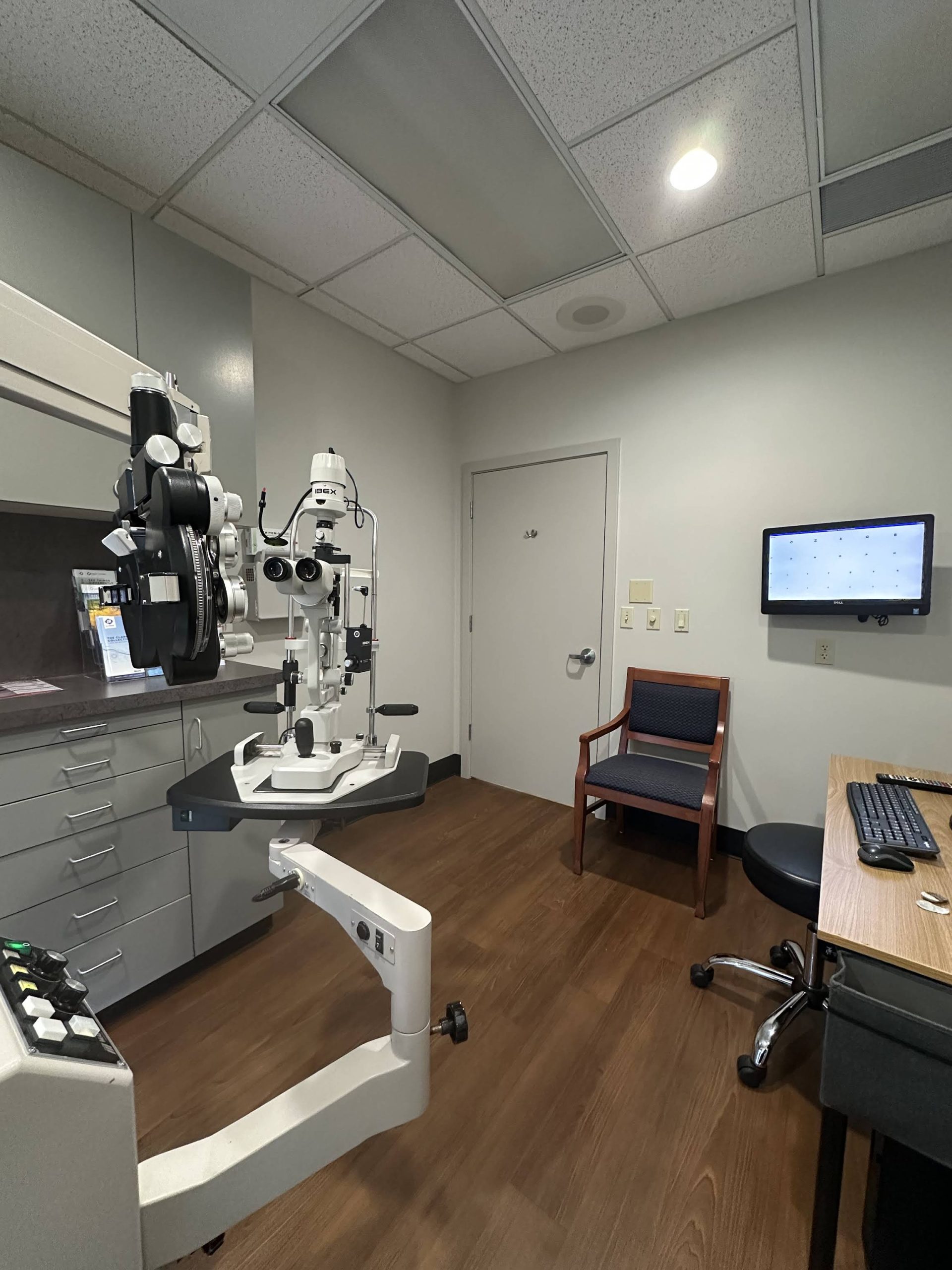 As advancements in ophthalmology continue to evolve, patients seeking vision correction have more options than ever before. One of the most innovative solutions currently available is the Light Adjustable Lens (LAL) implant. This state-of-the-art technology is making waves in Kirkland, WA, providing patients with customizable vision correction that can be fine-tuned even after surgery. This article delves into the benefits, procedure, and considerations surrounding Light Adjustable Lens implants.
As advancements in ophthalmology continue to evolve, patients seeking vision correction have more options than ever before. One of the most innovative solutions currently available is the Light Adjustable Lens (LAL) implant. This state-of-the-art technology is making waves in Kirkland, WA, providing patients with customizable vision correction that can be fine-tuned even after surgery. This article delves into the benefits, procedure, and considerations surrounding Light Adjustable Lens implants.
Understanding Light Adjustable Lens Implants
Light Adjustable Lens implants are a revolutionary option for cataract surgery and refractive lens exchange. Unlike traditional intraocular lenses (IOLs), which are fixed in power once implanted, LALs allow for adjustments to be made post-operatively. This unique feature is achieved through the use of a special ultraviolet (UV) light that alters the lens’s shape, thus changing its optical power.
How Light Adjustable Lenses Work
The mechanism behind LALs is both fascinating and complex. After the lens is implanted, patients undergo a series of light treatments that can fine-tune their vision. The eye surgeon uses a UV light source to target the lens, which causes specific areas of the lens to change shape. This adjustment can enhance distance vision, near vision, or a combination of both, depending on the patient’s needs.
This ability to modify the lens post-surgery is particularly beneficial for patients who may have had unanticipated changes in their vision or those who have specific visual requirements. The adjustments can be made over several sessions, allowing for a tailored approach to vision correction. Moreover, this flexibility means that patients can actively participate in their vision correction journey, providing feedback to their surgeons about their visual experiences and preferences, which can lead to even more personalized outcomes.
Benefits of Light Adjustable Lens Implants
The advantages of Light Adjustable Lens implants are numerous. Firstly, the customizable nature of the lens means that patients can achieve their desired vision outcomes with greater precision. This is especially important for individuals who lead active lifestyles or have specific visual demands, such as those who work in professions requiring sharp vision.
Additionally, LALs can reduce the likelihood of needing glasses or contact lenses after surgery. Many patients report improved quality of life due to their newfound visual freedom. Furthermore, the technology behind LALs is continually advancing, which means that patients can expect ongoing improvements in their vision correction options. The integration of advanced imaging techniques and software allows for more accurate measurements and adjustments, ensuring that even the most complex visual impairments can be addressed effectively. As research continues, the potential for LALs to incorporate features like astigmatism correction or multifocal capabilities is on the horizon, further expanding the possibilities for patients seeking optimal vision correction.
The Procedure for Light Adjustable Lens Implants
The process of receiving Light Adjustable Lens implants involves several key steps, starting with a comprehensive eye examination. This evaluation helps determine if the patient is a suitable candidate for the procedure. Once cleared, the surgery itself typically follows a standard cataract surgery protocol, but with the added benefit of the adjustable lens.
Preoperative Assessment
Before undergoing surgery, patients will undergo a thorough assessment to measure their eye’s anatomy and determine the appropriate lens power. This assessment is crucial, as it lays the groundwork for the entire procedure. The eye surgeon will take precise measurements, including corneal curvature and eye length, to ensure the best possible outcome.
The Surgical Procedure
The surgical procedure for implanting a Light Adjustable Lens is minimally invasive. It is usually performed on an outpatient basis, meaning patients can return home the same day. The surgery involves the removal of the cloudy lens (in the case of cataracts) and the insertion of the LAL. The entire process typically lasts less than an hour.
Following the surgery, patients will be monitored for a short period to ensure there are no immediate complications. Most individuals can resume normal activities within a day or two, although it is essential to follow the surgeon’s post-operative care instructions closely.
Postoperative Adjustments and Care
After the Light Adjustable Lens has been implanted, patients will return for follow-up appointments to assess their vision and determine if any adjustments are necessary. These visits are crucial, as they allow the surgeon to fine-tune the lens using the UV light treatment.
Adjustment Sessions
Adjustment sessions typically occur over the course of several weeks. During these appointments, the surgeon will evaluate the patient’s vision and use the UV light to make any necessary changes to the lens. This process is non-invasive and usually takes only a few minutes.
Patients often find this aspect of the treatment particularly appealing, as it provides them with the opportunity to achieve their optimal vision without undergoing additional surgery. The adjustments can be tailored to the patient’s specific needs, whether they require better distance vision, improved near vision, or a combination of both.
Postoperative Care Instructions
Regular follow-up appointments are also necessary to monitor the healing process and ensure that the lens is functioning as intended. Patients should communicate any concerns or changes in vision to their surgeon promptly.
Considerations and Potential Risks
Who is a Suitable Candidate?
Potential Risks and Complications
Conclusion
Light Adjustable Lens implants represent a significant advancement in the field of ophthalmology, offering patients in Kirkland, WA, a customizable solution for vision correction. With the ability to adjust the lens post-operatively, individuals can achieve their desired visual outcomes with greater precision than ever before. As technology continues to evolve, the future of vision correction looks promising, providing patients with the opportunity to enjoy a life free from the constraints of glasses or contact lenses.
For those considering this innovative option, consulting with a qualified eye care professional is the first step towards experiencing the benefits of Light Adjustable Lens implants. With the right guidance and care, achieving optimal vision is within reach.
Ready to take the next step towards crystal-clear vision with the latest in Light Adjustable Lens technology? At Overlake EyeCare, we are committed to helping you achieve the best visual outcomes with personalized care and advanced lens options. Dr. Mary Coday and our team of experts specialize in cataract surgery and are adept at tailoring intraocular lens technology to your unique needs, including astigmatism reduction and multifocal solutions. With our state-of-the-art Lenstar technology, we ensure precise measurements for optimal results. Don’t let another day go by with less than perfect vision. Contact Us Today to schedule your comprehensive consultation and take the first step towards a life with improved vision.

